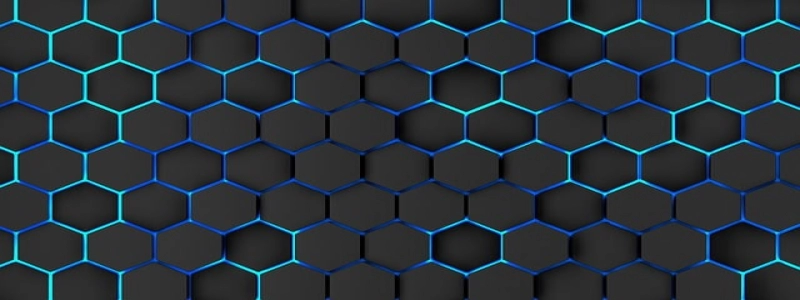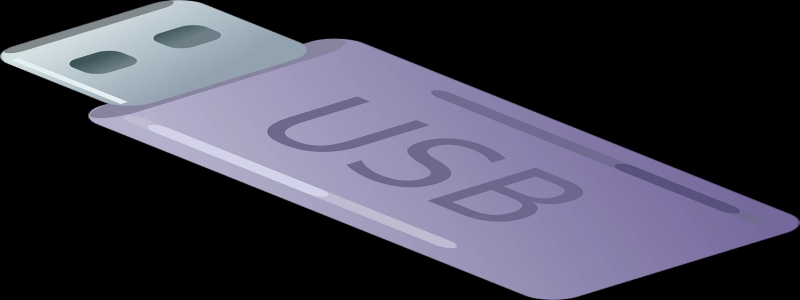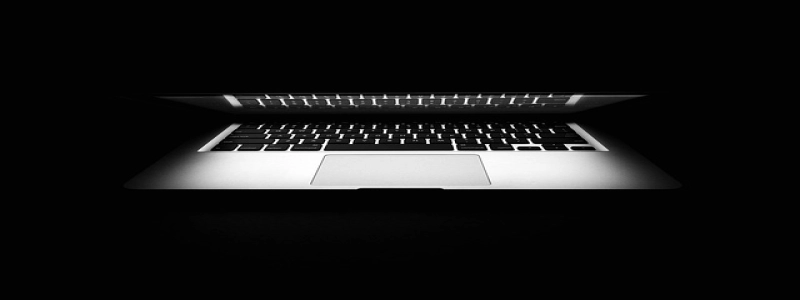HDMI and USB Over Ethernet: Expanding Connectivity Possibilities
Introduction:
In today’s world of ever-increasing technological advancements, the need for expanded connectivity options has become paramount. Whether it’s for business presentations, home entertainment systems, or even gaming, the ability to extend HDMI and USB signals over Ethernet has revolutionized the way we connect and communicate. This article will explore the concept of transmitting HDMI and USB signals over Ethernet and discuss its benefits and applications.
I. What is HDMI over Ethernet?
A. Definition:
HDMI over Ethernet, also known as HDMI over IP, is a technology that allows for the transmission of high-definition multimedia signals from a source device to a display device over standard Ethernet networking infrastructure.
B. How it works:
1. Encoder and Decoder: HDMI signals are converted into IP packets by an encoder at the source device. These IP packets are then sent over the Ethernet network.
2. Ethernet Switch: An Ethernet switch routes the IP packets to the desired display device.
3. Decoder: At the destination, the IP packets are converted back into HDMI signals by a decoder, allowing for seamless playback on the display device.
II. Benefits of HDMI over Ethernet:
A. Increased Distance:
HDMI cables have limitations when it comes to transmission distance. By utilizing Ethernet infrastructure, HDMI signals can be transmitted over much longer distances, making it ideal for large venues or installations that require long cable runs.
B. Cost-Effective:
Ethernet cables are more affordable and readily available compared to long HDMI cables. This makes HDMI over Ethernet a cost-effective solution for extending HDMI signals.
C. Scalability:
Ethernet networks can easily handle multiple streams of HDMI signals, allowing for scalability in complex setups where multiple displays are required.
III. USB over Ethernet:
A. Definition:
USB over Ethernet, also known as USB over IP, is a technology that enables USB devices to be accessed and used remotely over an Ethernet network.
B. How it works:
1. USB Server: A USB server software is installed on the host computer that has the USB device connected to it. This software makes the USB device accessible over the network.
2. USB Client: A USB client software is installed on the remote computer that needs to access the USB device. This software allows the remote computer to connect to the USB device as if it were directly attached.
3. Ethernet Network: The USB device’s data is transmitted over the Ethernet network between the USB server and the USB client.
IV. Applications of HDMI and USB over Ethernet:
A. Business Presentations:
HDMI over Ethernet enables seamless presentation setups where the presenter can connect their laptop to a display device located far away.
USB over Ethernet allows for remote access to USB devices such as printers, scanners, or dongles, eliminating the need to physically transfer files or carry additional hardware.
B. Home Entertainment Systems:
HDMI over Ethernet enables the distribution of audio and video from central sources, allowing multiple displays or TVs to be connected to a single media source.
USB over Ethernet enables the sharing of USB devices such as external hard drives or game controllers between different computers in a network.
C. Gaming:
HDMI over Ethernet enables multiplayer gaming setups where multiple players can have their own dedicated displays while sharing a single gaming console.
USB over Ethernet allows for remote access to USB gaming peripherals, making it possible to play games on a remote computer while using the original gaming hardware.
Conclusion:
The ability to transmit HDMI and USB signals over Ethernet has opened up a world of possibilities in terms of connectivity. From business presentations to home entertainment systems, and even gaming, this technology provides the flexibility and convenience needed in today’s fast-paced, interconnected world. As technology continues to evolve, HDMI and USB over Ethernet will undoubtedly continue to play a crucial role in expanding our connectivity options.








